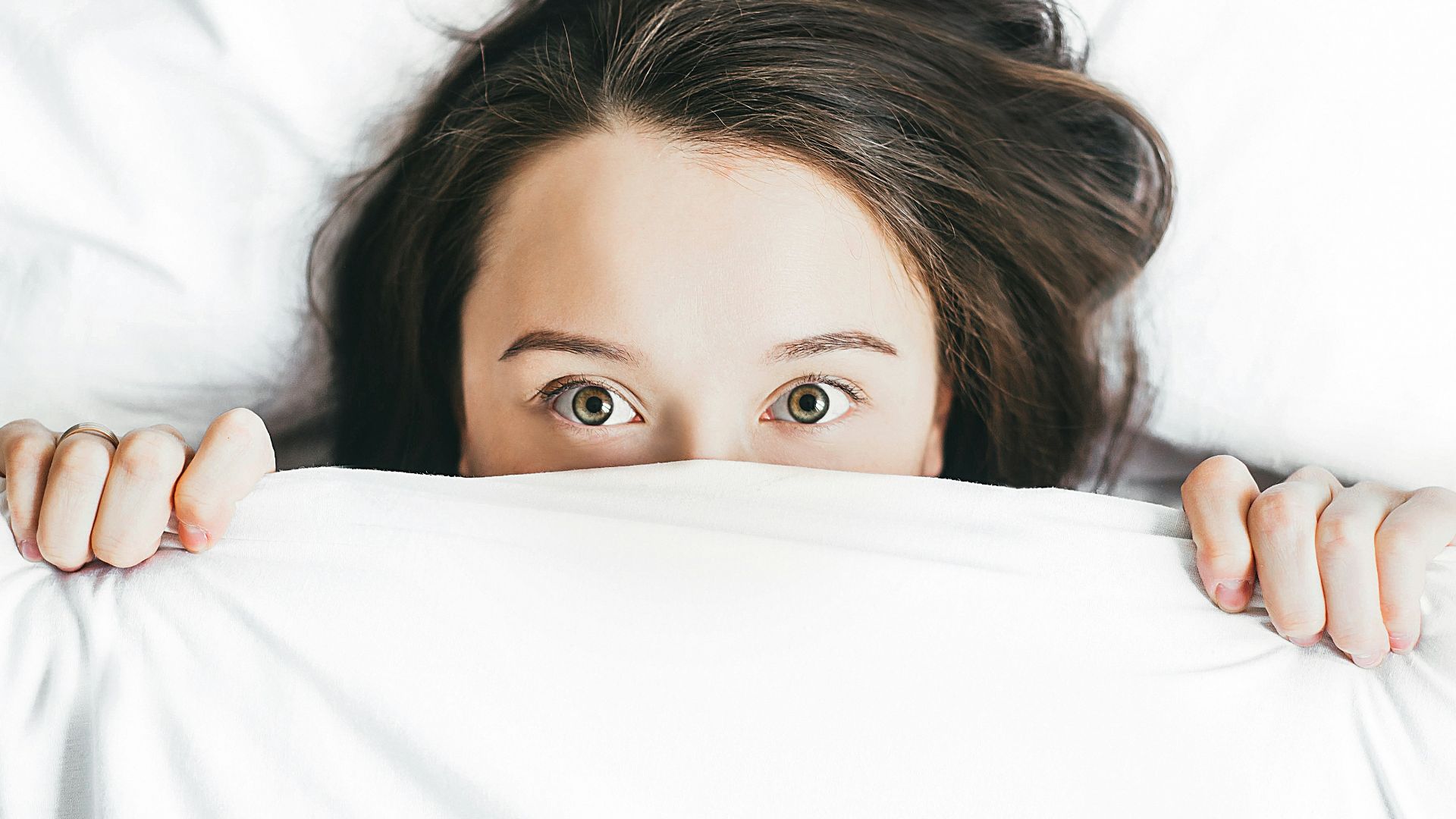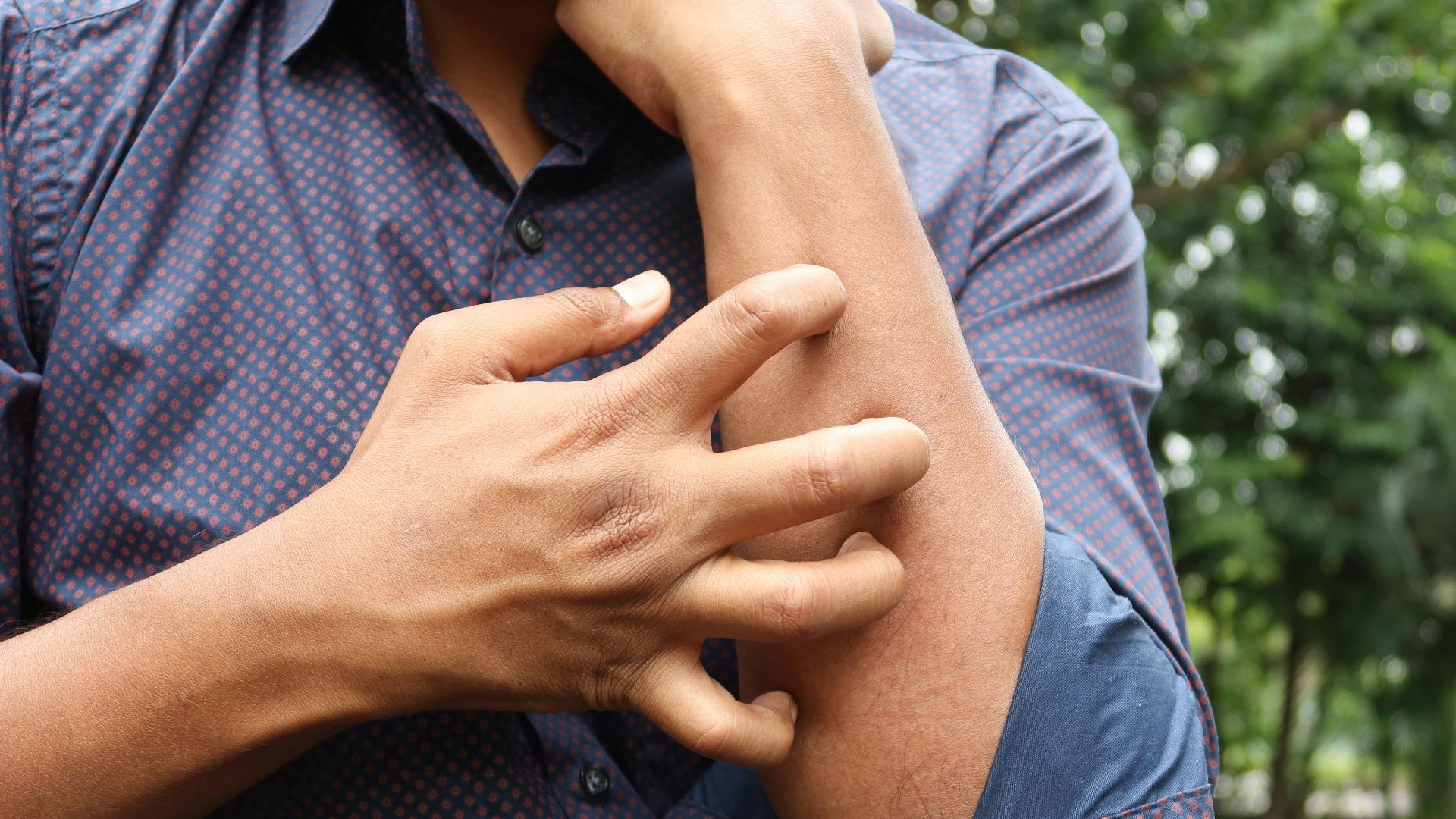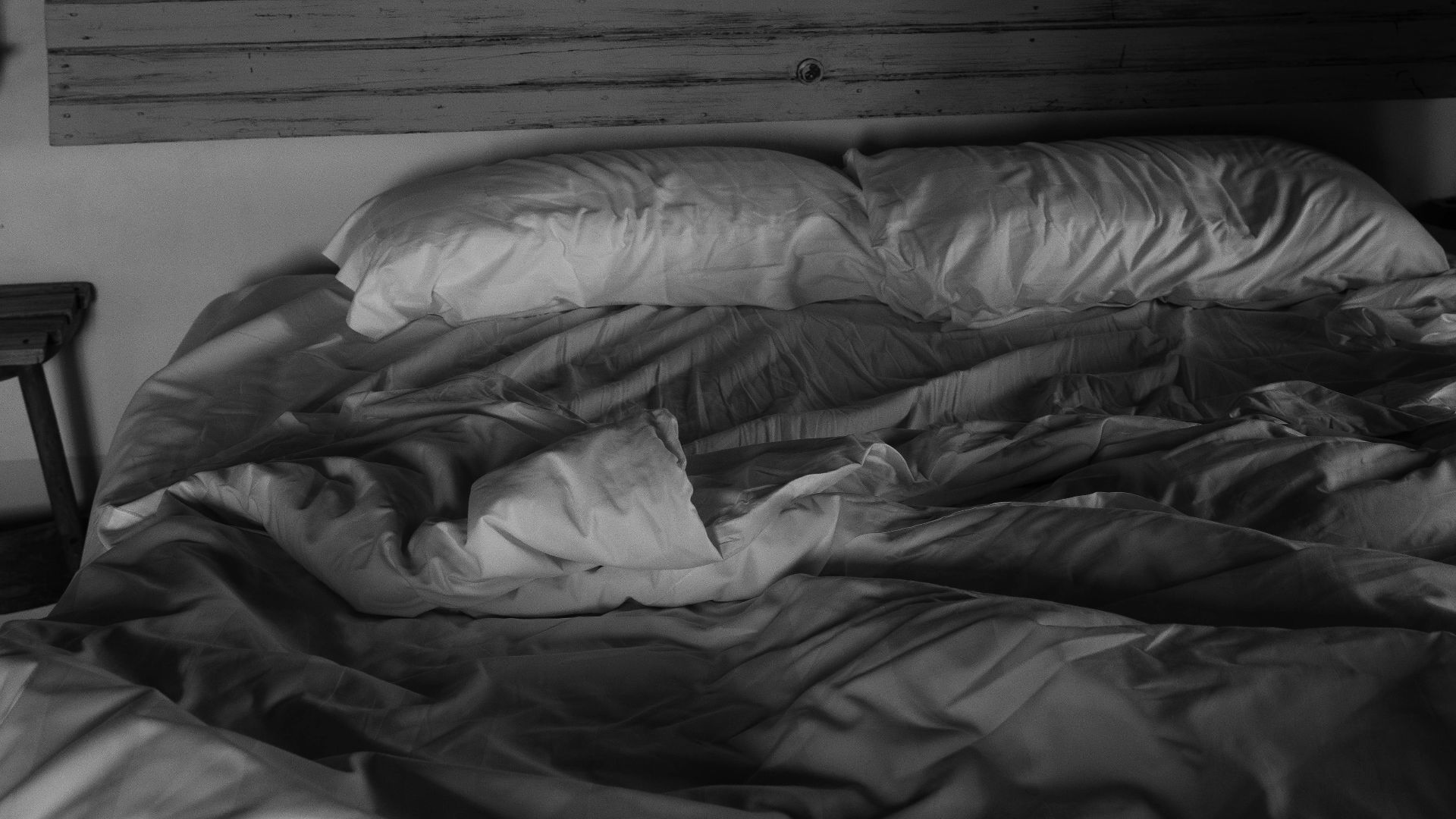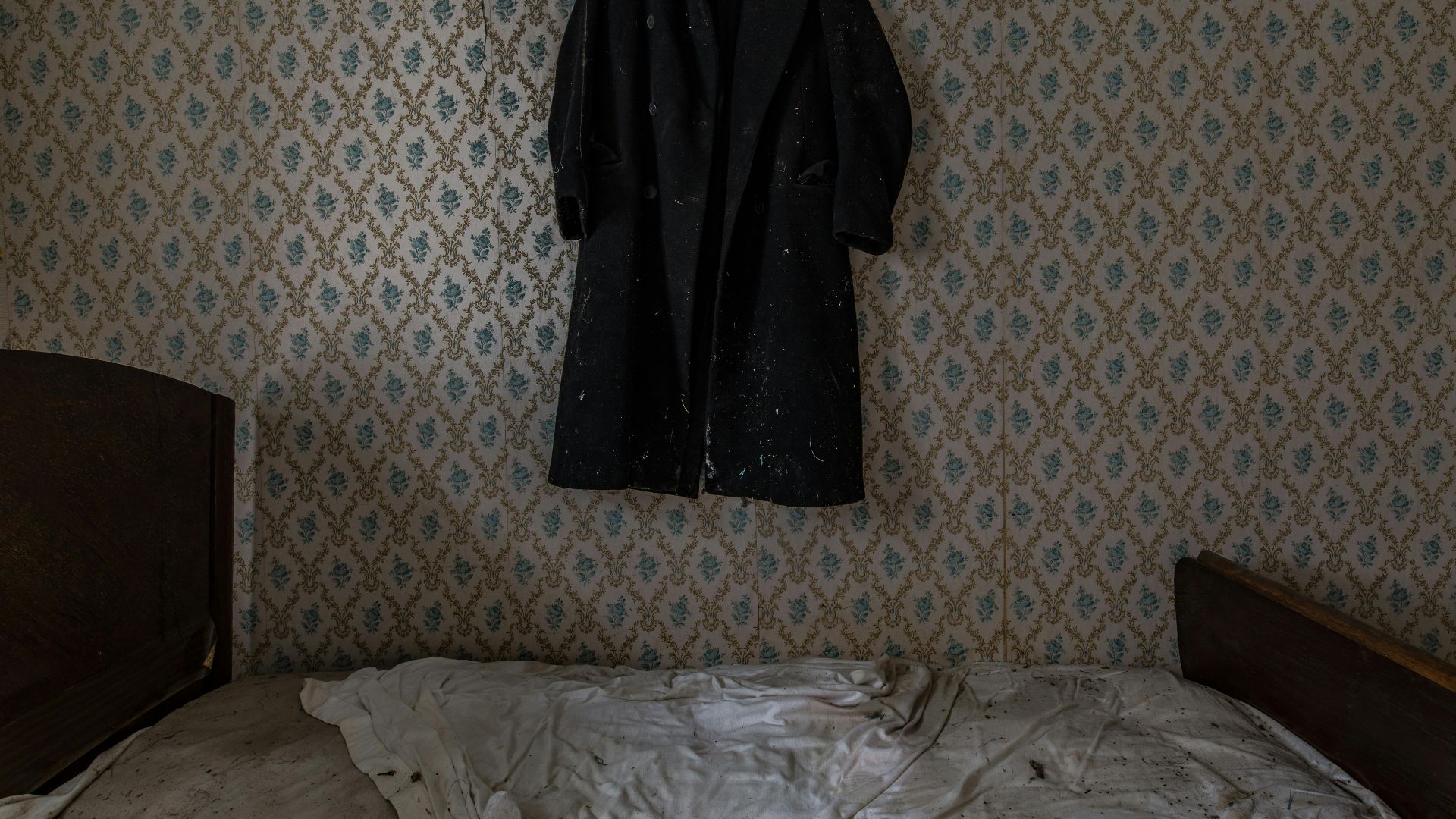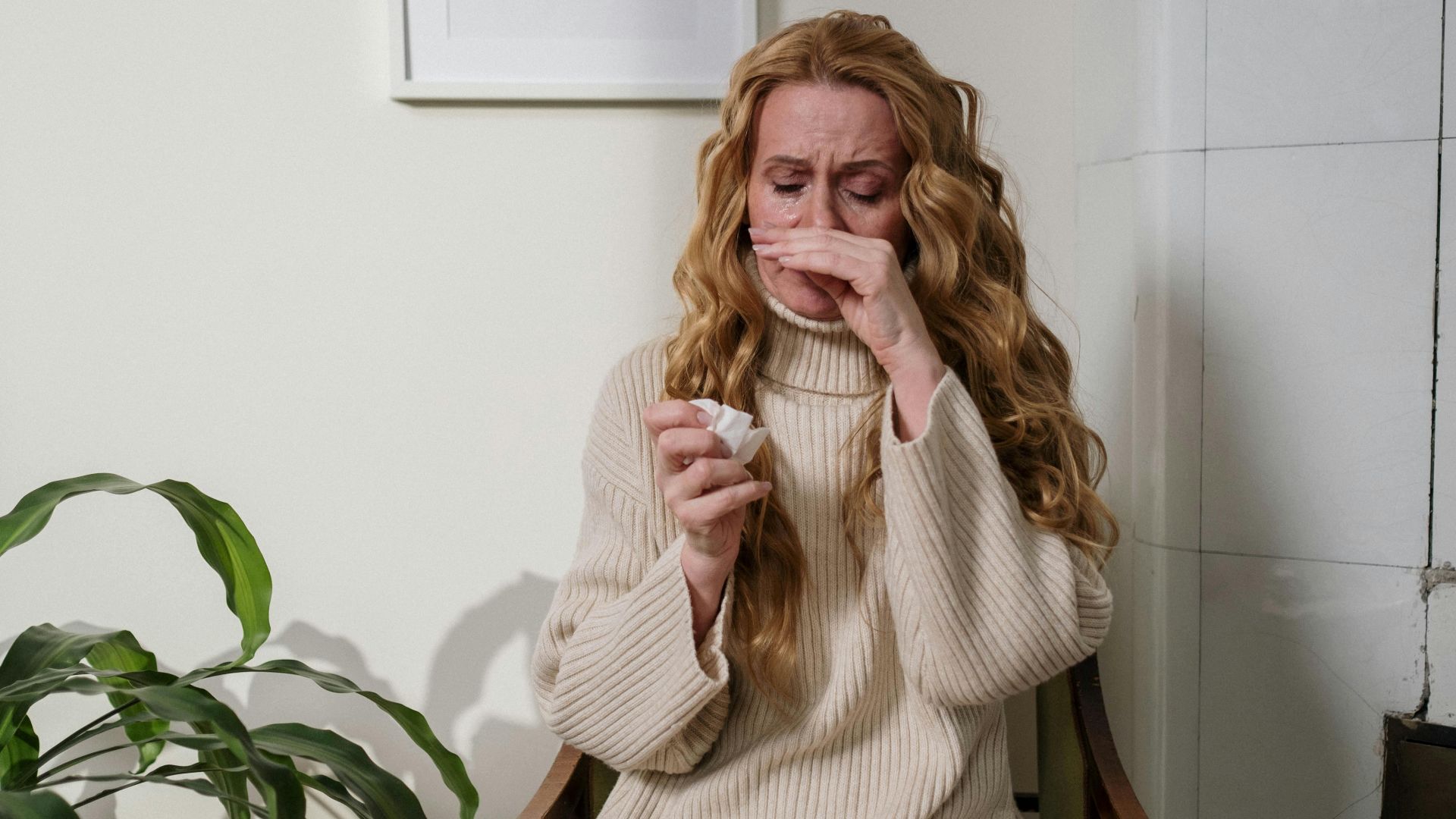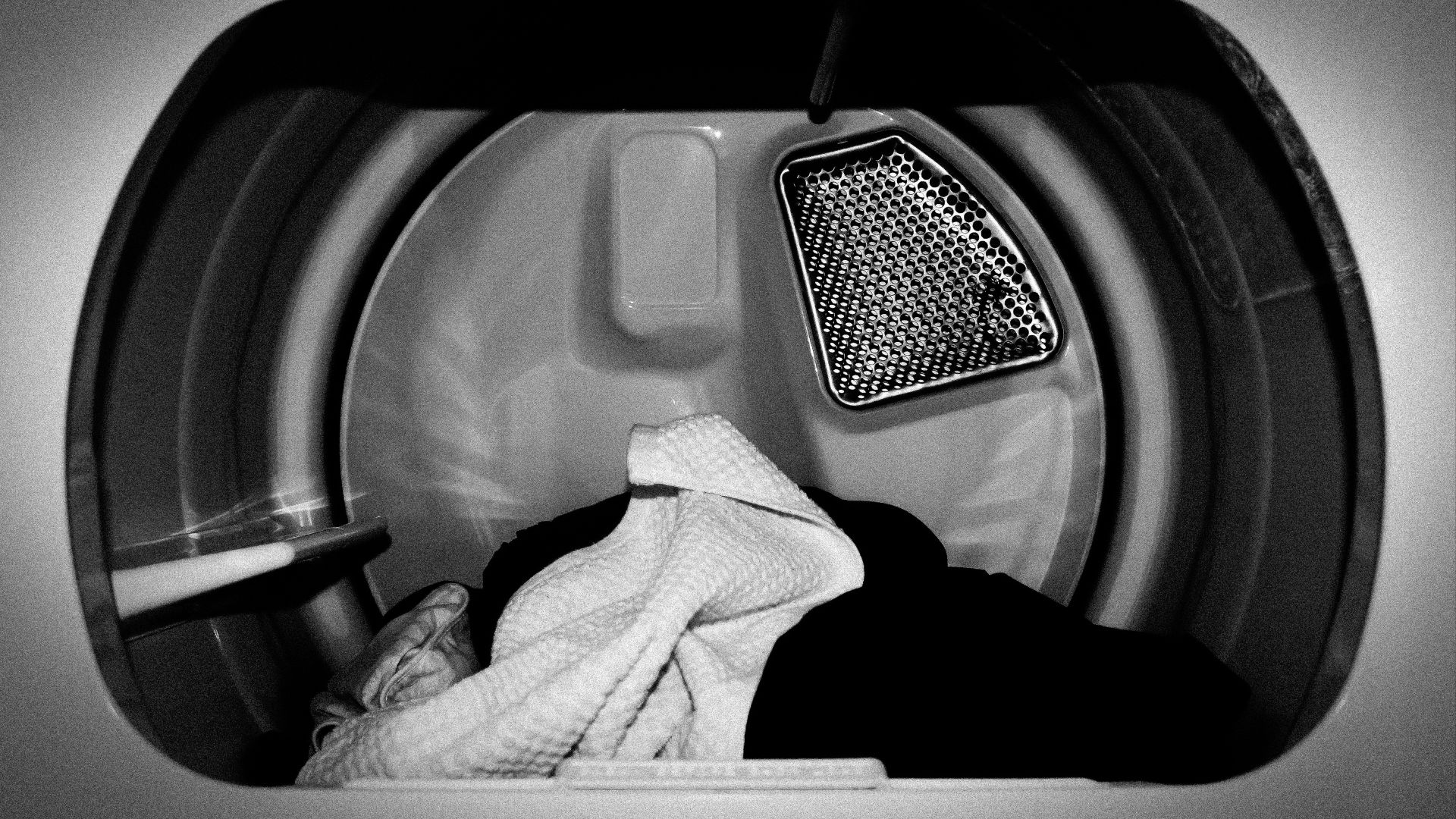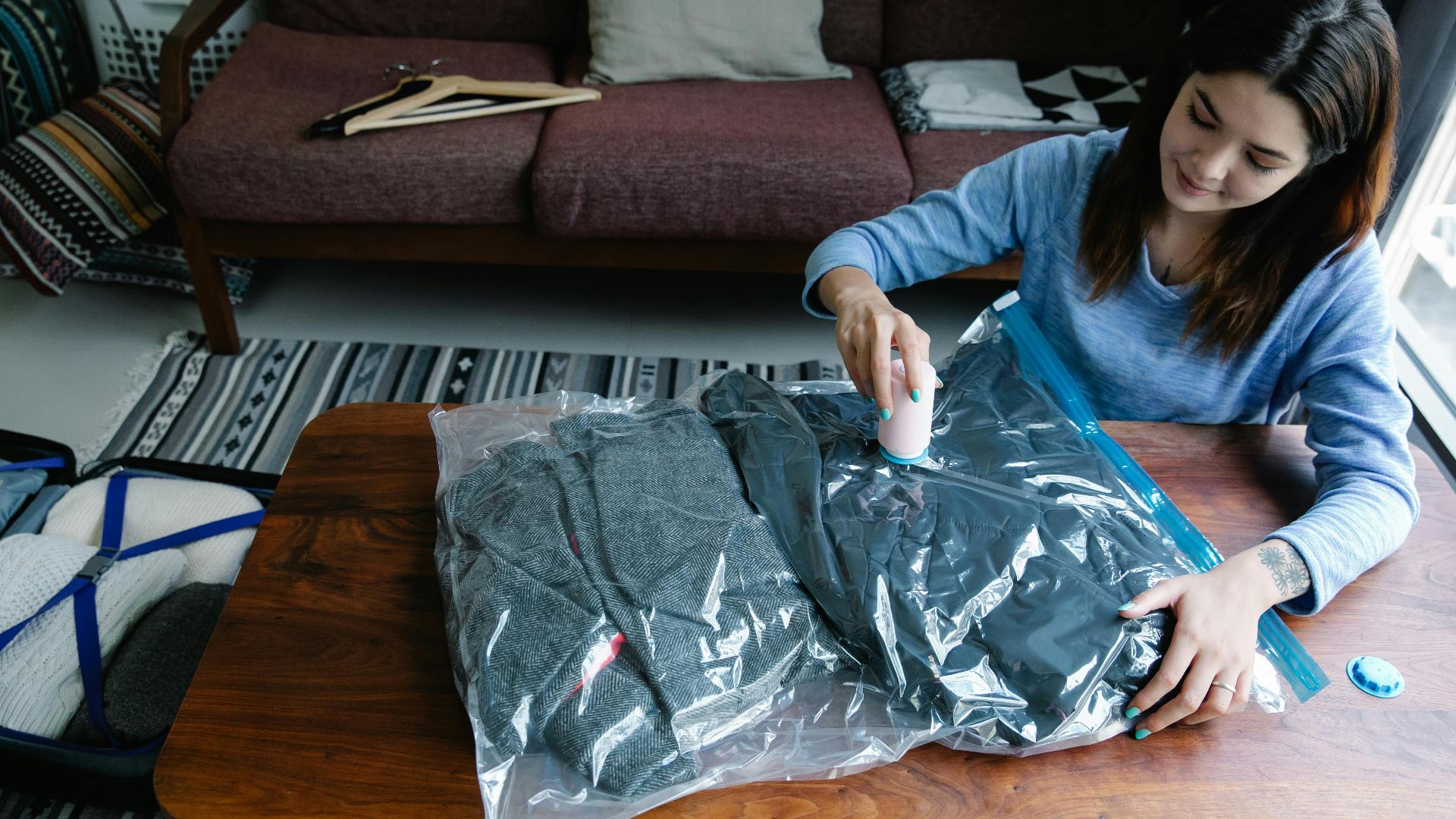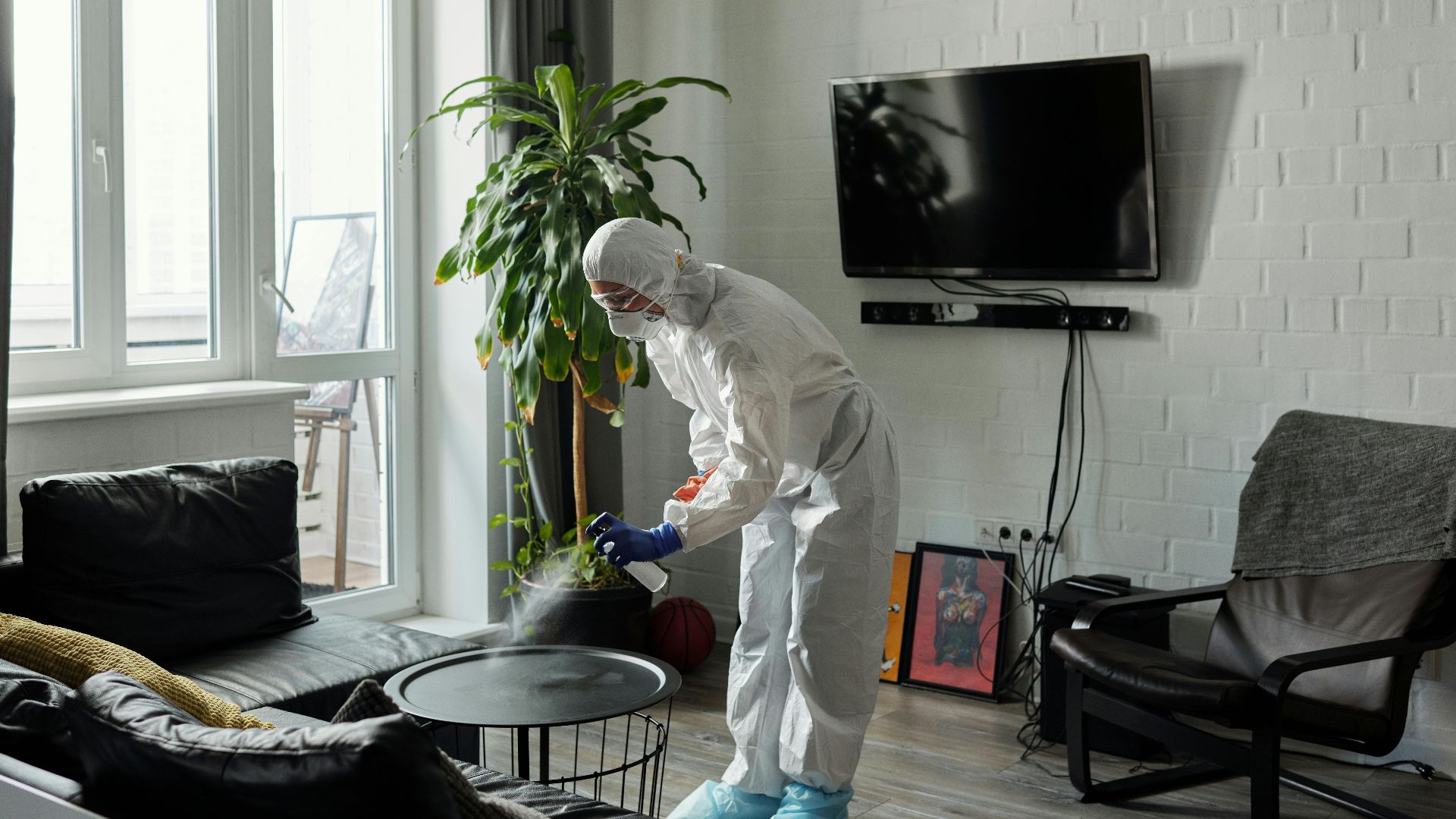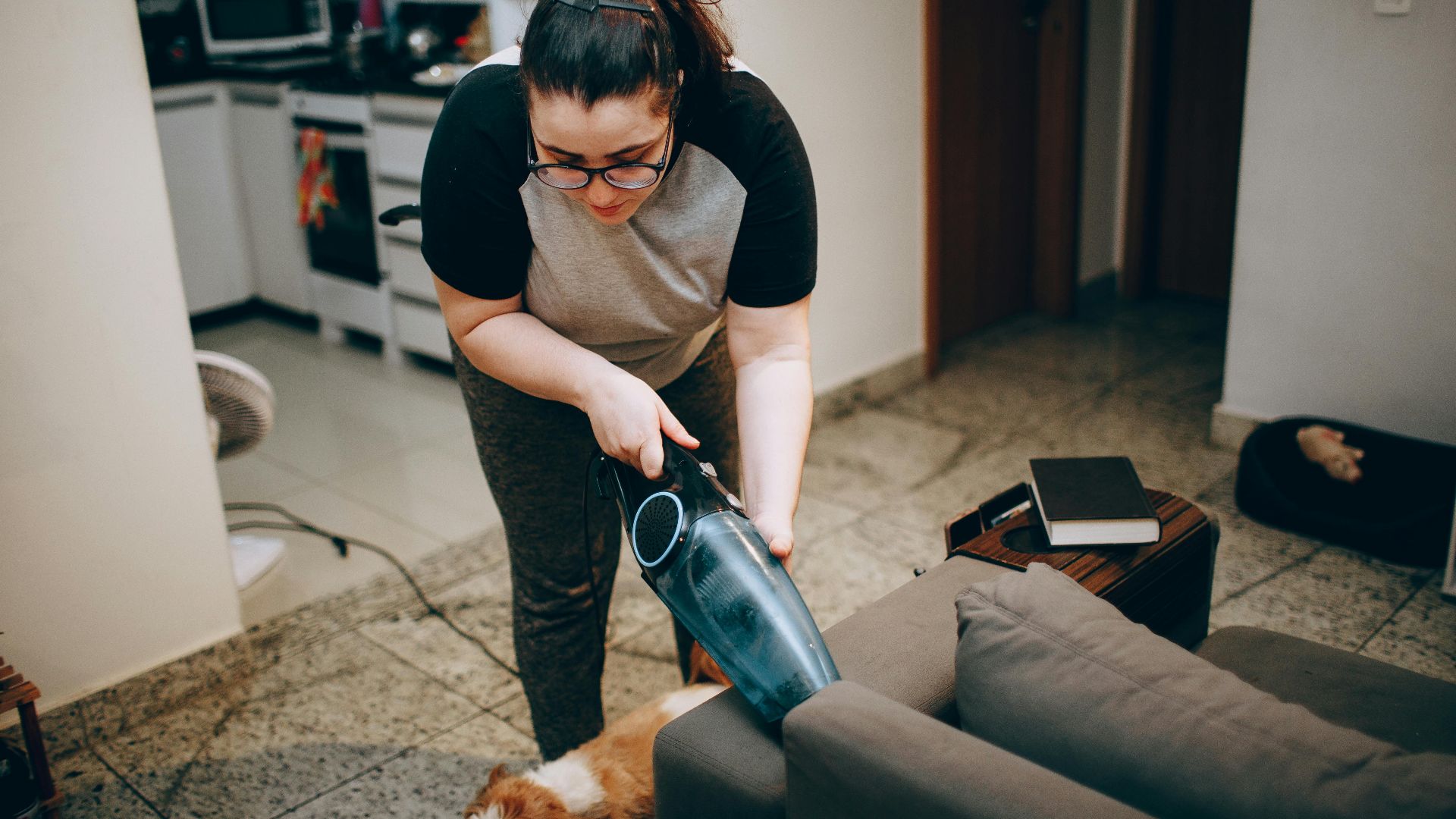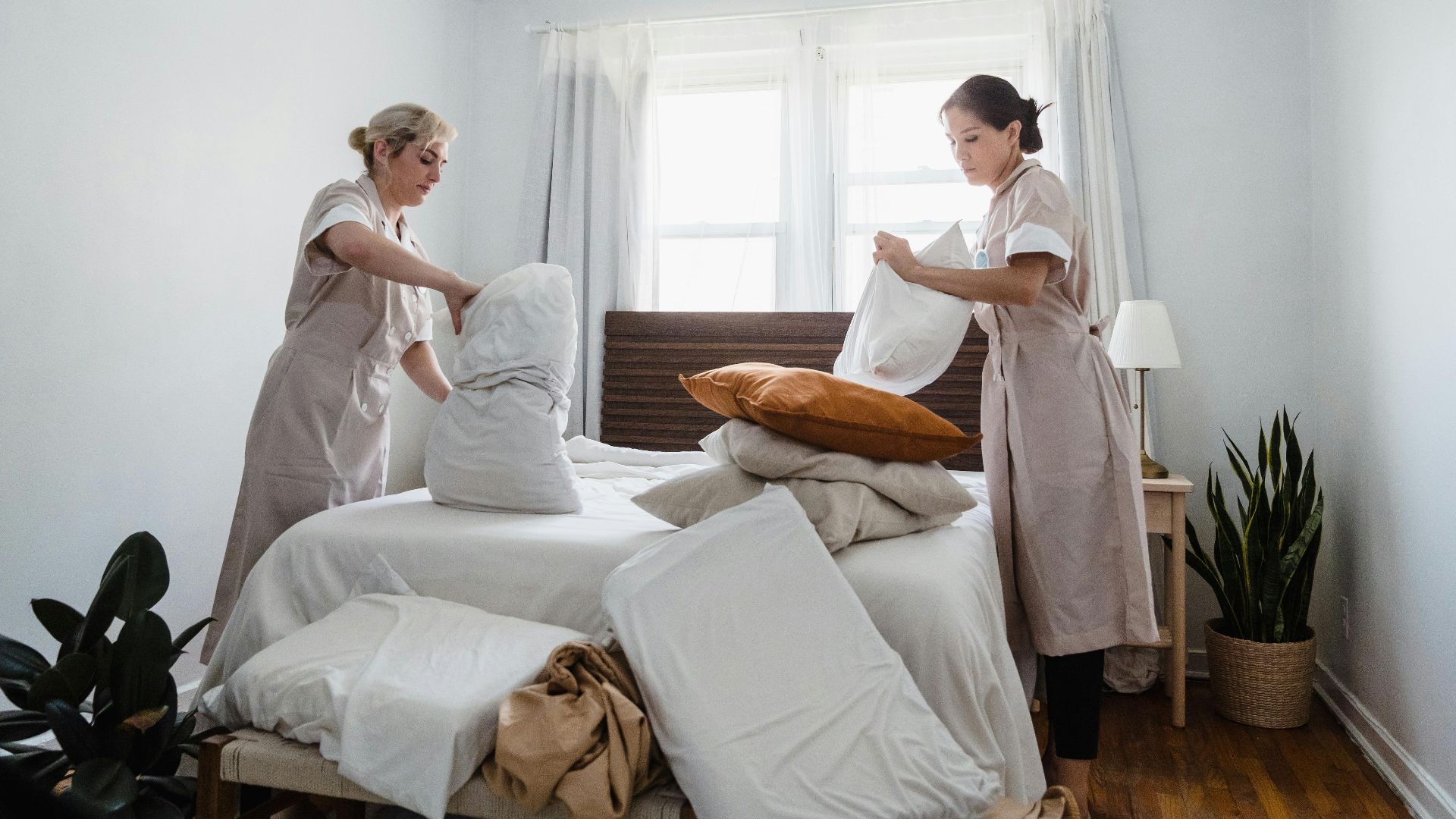The Unwanted Bed Companions
You’ve just gotten into bed, the lights go out, and suddenly—an itch you can’t ignore. If you've ever wondered what's really going on when it feels like something is biting you at night, you're not alone. Before you start questioning every little itch, let’s take a look at the real signs that bugs might have moved in.
1. Itchy Red Bites On Your Skin
Waking up with red, itchy bites can be a clear sign that bed bugs have found their way into your bed. These bugs feast on your blood while you sleep, often leaving behind welts or bumps that itch like crazy. Don’t ignore them—those bumps are often your first warning.
2. Visible Bed Bug Shells Or Exoskeletons
Have you ever noticed tiny, hollow shells lying around your bed or furniture? That’s the exoskeleton of a bed bug. These pests molt as they grow, shedding their outer layers in hidden spots like mattress seams or cracks in your walls.
3. Musty Odor In Your Room
Imagine walking into your room and getting hit with a musty, almost sweet odor. It’s not the smell of dirty laundry—it's the scent left by bed bugs. They produce a unique odor from their scent glands. While it may seem like a random, funky smell, it’s actually a bed bug calling card!
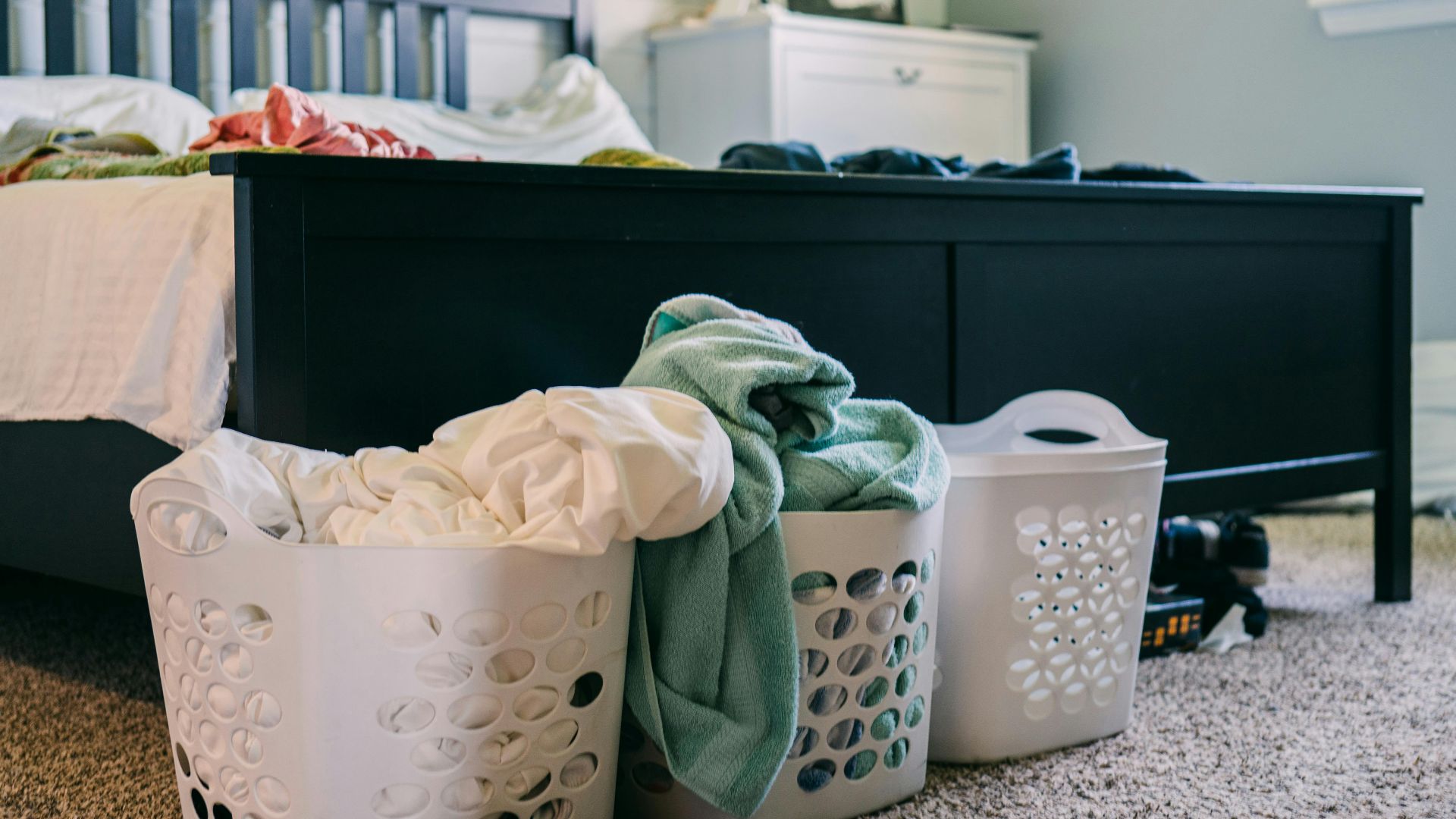 Jessica Lewis 🦋 thepaintedsquare on Pexels
Jessica Lewis 🦋 thepaintedsquare on Pexels
4. Blood Stains On Your Sheets
You might wake up to find little blood stains on your sheets, and no, it’s not from you scratching yourself in your sleep. Bed bugs sometimes squish a bit of blood while feeding, and if they’re interrupted or full, they might leave behind stains on your pillowcase or bedding.
5. Presence Of Bed Bug Eggs Or Nymphs
Eggs and nymphs (baby bed bugs) are small and white. They are usually found in crevices, cracks, or along seams of mattresses, and their presence confirms active breeding. The eggs are sticky and attach to surfaces, making them difficult to remove once settled.
 Baby Bed Bugs | What do they look like? by Bug Bully Rodent & Pest Control
Baby Bed Bugs | What do they look like? by Bug Bully Rodent & Pest Control
6. Frequent Nighttime Restlessness
Itching like crazy or feeling restless in the middle of the night? Bed bugs are nocturnal, and they love to feed while you’re in a deep sleep. Their bites cause itching and discomfort, which may keep you tossing and turning.
7. Finding Bed Bugs In Crevices Or Furniture
When bed bugs infest your home, they don’t just hang out in one spot—they hide in cracks and furniture. Check behind your bed frame, under your headboard, and inside your couch cushions. If you find tiny brownish bugs scurrying around, you've got a bed bug problem.
 How to Get Rid Of Bed Bugs on Couches and Furniture by BedbugSupply
How to Get Rid Of Bed Bugs on Couches and Furniture by BedbugSupply
8. You Wake Up With Small Bumps
Waking up with mysterious bumps on your skin could be a sign that you’ve been feasted on during the night. Unlike mosquito bites, bug bites often appear in patterns or clusters, and they can be more than just annoying.
9. Unexplained Allergic Reactions
Bed bugs may not just leave bites—they can trigger allergic reactions in some people. These reactions vary from person to person, but they’re definitely an unpleasant side effect of having these pests in your home.
10. Frequent Headaches Or Unexplained Illness
Bed bugs may cause more than just itching. Due to the stress and lack of restful sleep, some people experience headaches, nausea, or even dizziness. Their bites and the constant worry about infestations can have a physical toll on your well-being.
Now, let’s flip the script and take a look at ten ways to deal with bed bugs if they’ve already moved in.
1. Blast Infested Items With High Heat
Heat kills bed bugs quickly—118°F for adults and 122°F for eggs. Set your dryer to high and toss in clothes, curtains, and linens. You can also use a steamer to get into mattresses and baseboards, targeting those hard-to-reach spots.
2. Bag Up Everything You Can
Place items like books and plush toys in airtight plastic bags to contain bed bugs and prevent their spread. Store bags for at least 12 months in a warm area to ensure bugs starve, or treat bagged items with heat/freezing for faster results. Be sure to label and isolate the bags so you can track which items have been treated.
3. Spray With An Approved Insecticide
Insecticides labeled for bed bugs contain ingredients like pyrethrins or neonicotinoids. Spray cracks, bed frames, and skirting boards. Don’t forget behind picture frames and under the mattress. These bugs resist certain chemicals, so rotating products significantly improves success rates.
4. Freeze Non-Washable Items
Unlike heat, freezing requires more patience. Items like headphones or paperwork can’t withstand steam, but four days in a 0°F freezer will eliminate all bed bug life stages. Cold treatments are especially effective when heat doesn’t work. Just make sure to use a deep freezer, not a regular fridge freezer.
5. Vacuum Carefully
Forget center rugs—bugs prefer cracks, not open space. Vacuum slowly and use attachments to reach tight corners. Without this detail-focused method, eggs hatch untouched, as surface cleaning won’t catch what’s hiding in the shadows.
6. Wrap Mattresses In Bug-Proof Covers
Encasements trap bugs already inside and block new ones from burrowing in. Choose those labeled for bed bugs, not just dust mites. Once zipped, leave them sealed for a full year. This method stops feeding and breeding cold.
7. Scatter Diatomaceous Earth Along Baseboards
Diatomaceous earth cuts through a bed bug’s waxy shell, causing dehydration within hours or days. Made from ground-up algae fossils, it’s lethal to insects but safe for humans. Unlike sprays, bugs can’t build resistance, making that powder their final mistake.
 How to Use Bed Bug Powders by BedbugSupply
How to Use Bed Bug Powders by BedbugSupply
8. Call In The Pros For Big Jobs
Some infestations dig deep where sprays and steam can't reach. That’s when pest control specialists use thermal remediation, fumigation, and canine inspections to locate every hiding spot. So, when the bugs go underground, bring in the heavy artillery.
 Vaal Pest Control Specialist by Vaal Pest
Vaal Pest Control Specialist by Vaal Pest
9. Trap Them Under The Bed
Bed bug interceptors, those plastic traps under bed legs, reveal movement before you see bites. As bugs climb in and can’t escape, you’ll get clear evidence of presence or progress. Think of them as early warning systems that don’t miss a shift.
 ClimbUp Insect Interceptors Review by BedbugSupply
ClimbUp Insect Interceptors Review by BedbugSupply
10. Declutter To Expose Hidden Pests
Mess gives bed bugs cover. Stuffed closets and under-bed piles offer hundreds of hiding spots. Decluttering speeds up extermination and helps locate hotspots. And when there’s nowhere to hide, bugs lose their edge, and simplicity becomes a strategy.


